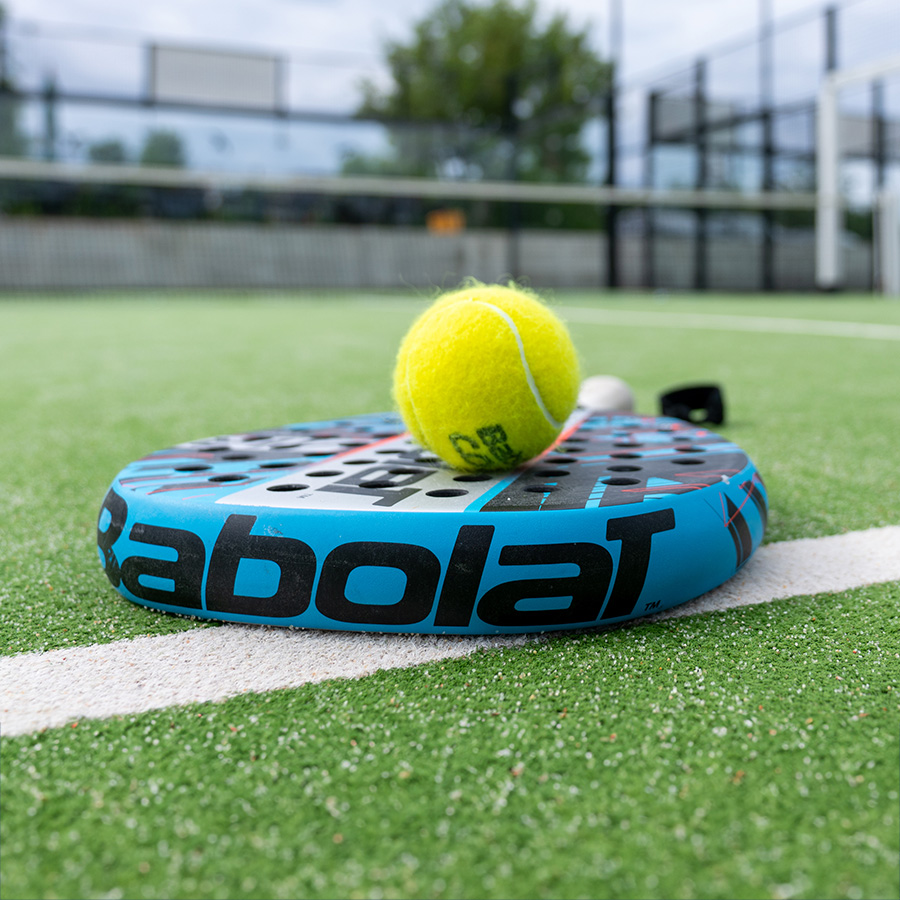WELCOME TO THE WORLD OF PADEL
The game.
The game
What is padel?
Padel is a rapidly growing sport that blends elements from tennis, squash, and badminton. It is played on a smaller court surrounded by glass or metal walls, which players can use as part of the game.
It’s a fun, social, and competitive sport that’s easy to pick up and play.
Rules and basics
How to play?

Basic information
Main rules
Welcome to an introduction to the captivating world of Padel Tennis! Here, you’ll find an overview of the fundamental rules of this dynamic sport.
For a more detailed version of the rulebook, we’re pleased to direct you to the official page of the International Padel Federation.
